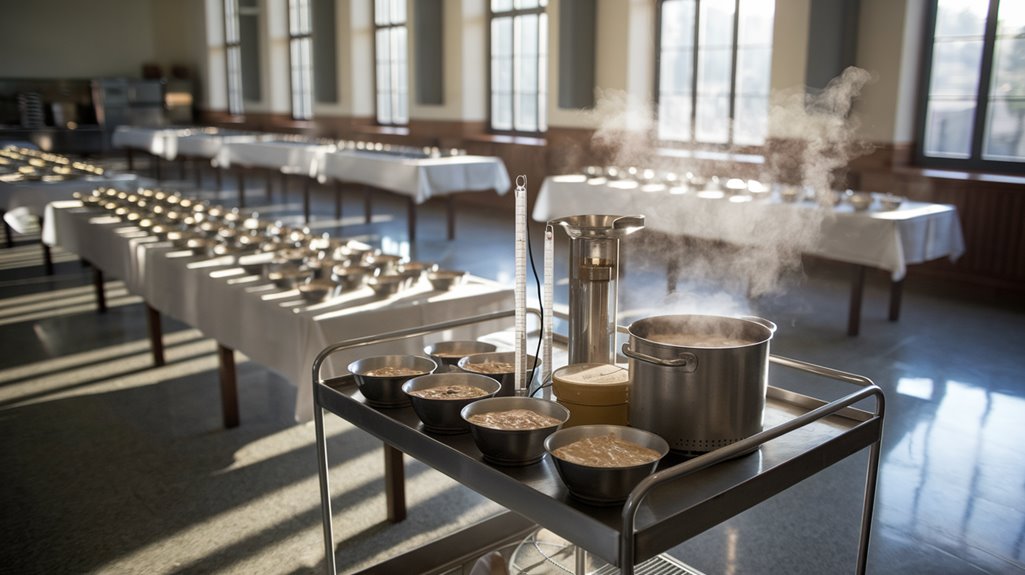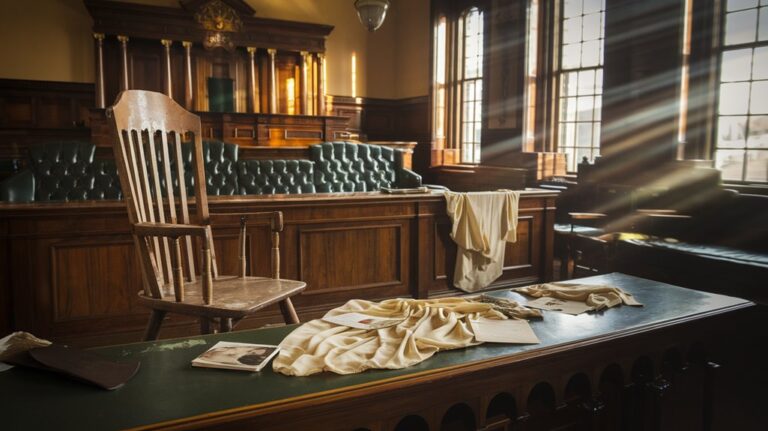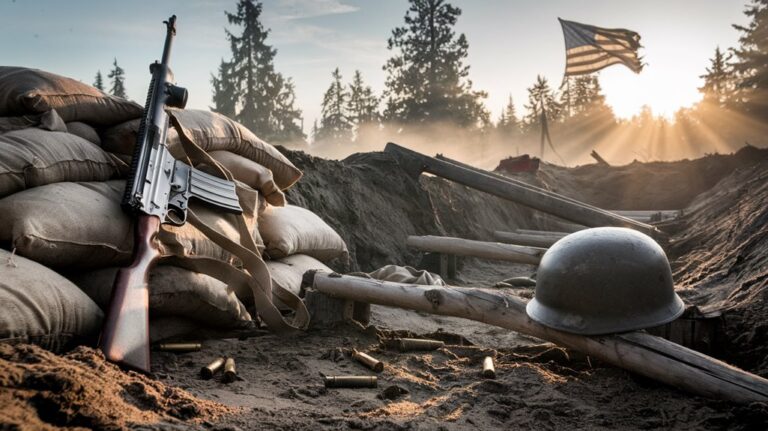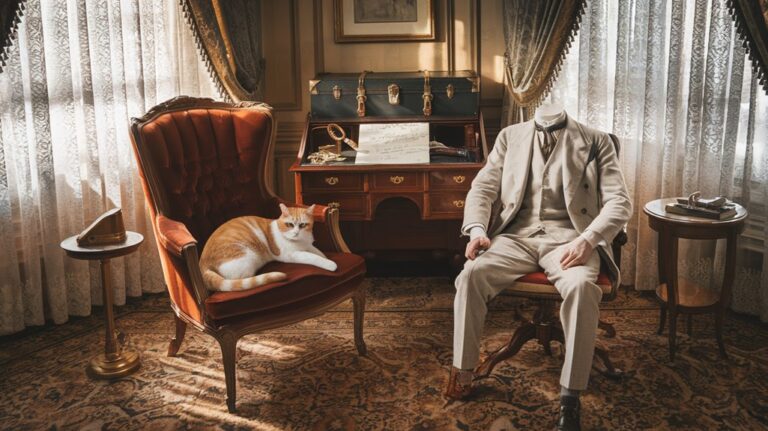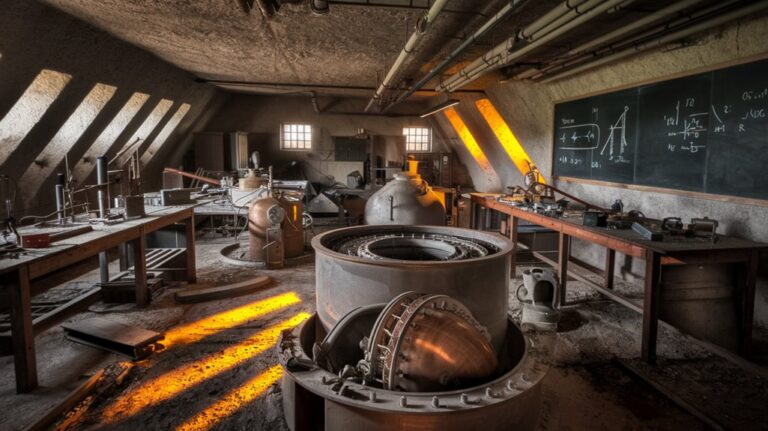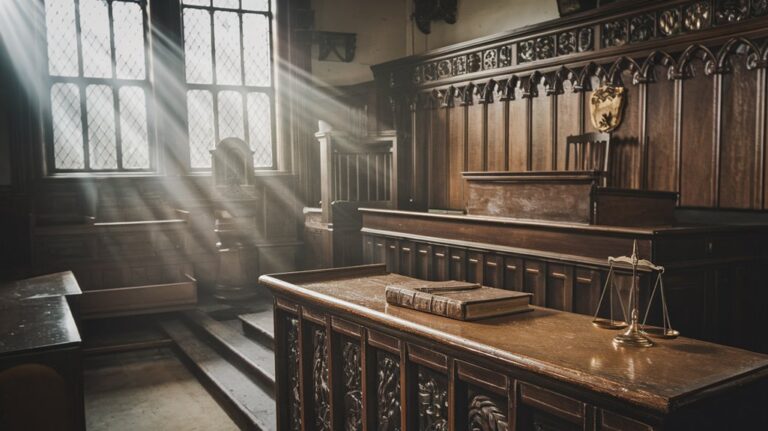Children Fed Radioactive Oatmeal?! The Shocking Lab Test
Like the mythical Pandora's box, the Fernald School experiment revealed a disturbing truth about scientific ethics in the 1940s and 50s. You've probably heard stories of controversial medical tests, but this one hits particularly close to home. When researchers from prestigious institutions fed radioactive oatmeal to unsuspecting boys, they weren't just crossing ethical lines – they were shattering them. What happened behind those institution walls would eventually force America to confront its darkest research practices.
The Disturbing History of the Fernald School Tests
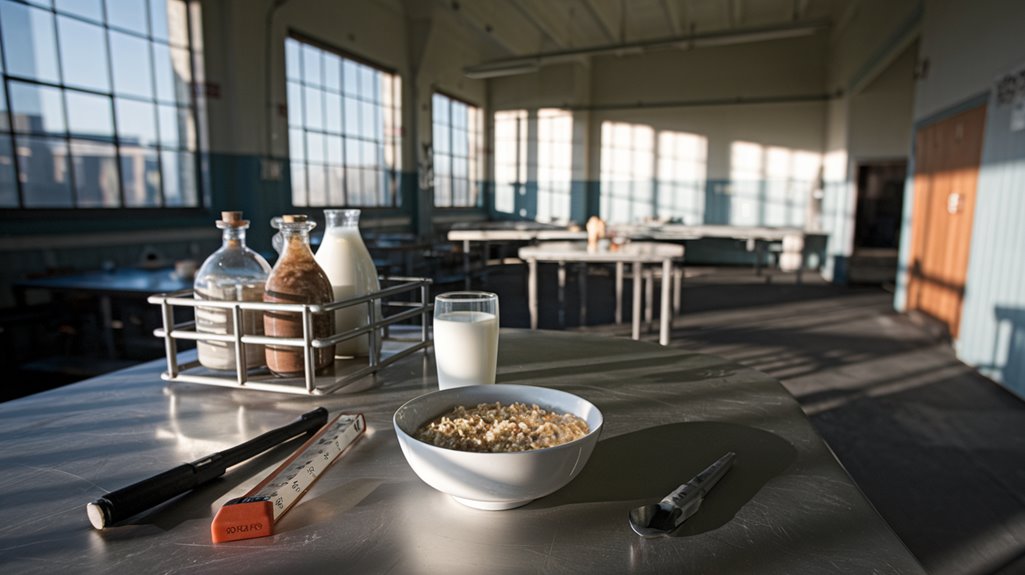
While many dark chapters exist in medical research history, the experiments at the Fernald School stand out as particularly heinous.
You'll be disturbed to learn that researchers from MIT and Harvard, funded by the Atomic Energy Commission and Quaker Oats, targeted 74 vulnerable boys aged 10 to 17 for their radioactive experiments. Their experiment motivations were clear: they wanted to study how the body absorbed certain nutrients.
The ethical implications were devastating.
These boys, many mentally disabled or abandoned by their parents, were lured into a "Science Club" with promises of special privileges. They didn't know they were being fed radioactive materials in their oatmeal and milk, receiving radiation equivalent to 30 chest X-rays. Living conditions at the school were horrific, with students enduring brutal meal deprivation and abuse. Much like other radiation experiments between 1944-1974, these tests were conducted with no informed consent from subjects or their families.
Their parents weren't properly informed either, making this a stark violation of basic human rights and research ethics.
Behind Closed Doors: What Really Happened
The true story behind these experiments reveals an unsettling web of commercial interests and scientific ambition.
You won't believe that Quaker Oats, seeking to outmaneuver their competitor Cream of Wheat, partnered with MIT researchers to conduct these controversial tests.
With hardly any ethical considerations, they created a "Science Club" at Fernald School to mask their true intentions.
Behind those closed doors, 74 boys unknowingly consumed oatmeal laced with radioactive tracers.
The radiation doses they received were equivalent to 30 consecutive chest X-rays.
According to a thorough investigation, the Task Force concluded no significant health effects resulted from these nutritional studies.
The commercial motivations were clear – Quaker Oats wanted marketing data, while MIT researchers pursued their scientific goals.
They kept parents in the dark about using radioactive materials, exploiting vulnerable children for their studies.
In 1998, a legal settlement of $1.85 million was reached with former students.
The truth only came to light in 1993 when the documents were declassified.
The Human Cost: Health Impacts and Risks
Despite initial fears of severe health consequences, scientific assessments revealed relatively modest physical risks for the 74 boys involved in Fernald's radioactive experiments. The radiation exposure, equivalent to 30 chest x-rays, carried just a one in 2,000 cancer risk, with dosage levels falling well below today's safety standards.
However, you can't measure the true human cost in radiation levels alone. While the physical consequences may have been minimal, the psychological effects have haunted these men for decades. The scientists lured these vulnerable children with promises of joining an exclusive Science Club membership that offered special treats and outings.
The boys, already vulnerable as wards of the state, were treated as human guinea pigs without proper consent. They've carried the emotional burden of betrayal and exploitation, feeling like disposable test subjects rather than children deserving protection.
The trauma of being deceived has left lasting scars that no scientific panel can dismiss.
Uncovering the Truth: From Secrecy to Public Knowledge
For decades, America's nuclear research programs kept their darkest secrets buried until Energy Secretary Hazel O'Leary's 1993 declassification exposed the truth about the Fernald School experiments.
You'll be shocked to learn how The Boston Globe's coverage sparked nationwide outrage, leading to Senate hearings where Senator Edward Kennedy demanded research transparency and accountability. These shocking revelations came during an era when vulnerable populations were frequently targeted for dangerous experiments.
Despite a 1994 Massachusetts task force finding no significant health effects, the ethical violations were undeniable. The government's admission triggered a $60 million lawsuit from former students, ultimately settling for $1.85 million in 1998. The experiments involved ninety young boys who were fed radioactive oatmeal without their knowledge or proper consent.
President Clinton's apology and the subsequent reforms transformed human research protocols in America.
What began as classified documents hidden in government vaults ended up reshaping medical ethics, proving that even the darkest secrets can lead to positive change.
The Role of Scientific Ethics and Patient Rights
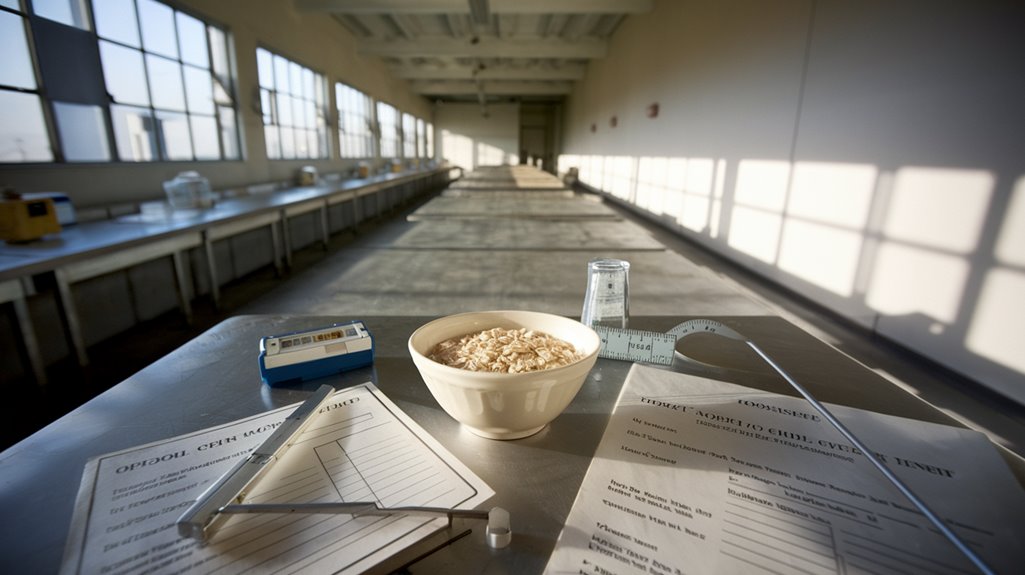
Since those dark days at Fernald School, modern scientific ethics and patient rights have undergone a revolutionary transformation.
You'll find that today's medical research operates under strict ethical oversight, with mandatory informed consent protecting your rights as a participant. International declarations have established that patients' right to know is fundamental to ethical healthcare. You're now entitled to detailed information about any study, including risks and benefits, before making your decision.
You can refuse to participate or withdraw from research at any time without compromising your regular medical care.
If you're considering joining a study, you'll receive a copy of your consent form and have the right to ask questions throughout the process.
 Institutional Review Boards now carefully evaluate and monitor all human research studies to maintain ethical standards.
Institutional Review Boards now carefully evaluate and monitor all human research studies to maintain ethical standards.
Lessons Learned From a Dark Chapter in Research History
When researchers at MIT and Harvard conducted radiation experiments on vulnerable children at Fernald School, they set in motion a chain of events that would transform medical ethics forever.
The horrific violation of patient rights forced America to confront the ethical implications of human research, leading to sweeping reforms in scientific protocols.
You can see the lasting impact today in stringent requirements for informed consent and protection of vulnerable populations.
The National Research Act of 1974 created safeguards that shape modern medical research, while the $1.85 million settlement and President Clinton's apology acknowledged the grave injustice.
This dark chapter taught us that scientific progress must never come at the expense of human dignity – a lesson that continues to guide research ethics and patient protections in the 21st century.

